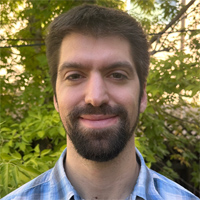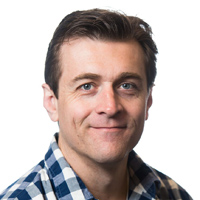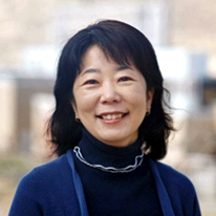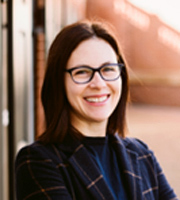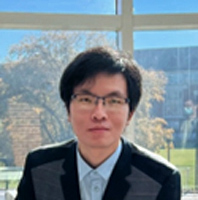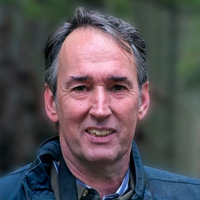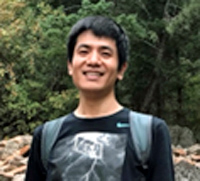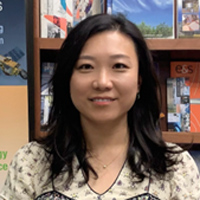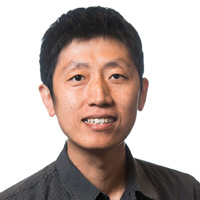ROLE
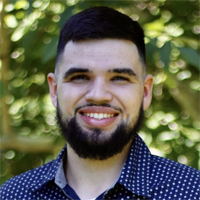
- Graduate student (PhD track), College of Science, University of Utah
EDUCATION
- PhD, Atmospheric Sciences, University of Utah, expected 2026
- MS, Atmospheric Sciences, University of Utah, 2023
- BS, Atmospheric Sciences, University of California, Davis, 2021
RESEARCH INTERESTS
My research focuses on using aerosol and cloud data from ARM’s data repository on how aerosol formation processes, particularly new particle formation (NPF), contribute to the production of cloud condensation nuclei. My research also couples the impact of boundary-layer turbulence to NPF using aerosol and turbulence data from the ArcticShark uncrewed aerial system over ARM’s Southern Great Plains (SGP) atmospheric observatory. A submitted manuscript, “Elucidating New Particle Formation in Complex Terrain during the Winter 2022 Cold Fog Amongst Complex Terrain (CFACT) Campaign,” summarizes the effects of turbulence on NPF across three case studies and provides the science basis for the ArcticShark field study.
PROFESSIONAL EXPERIENCE
Throughout my PhD studies, I have worked extensively with aerosol and cloud data collected from various ARM mobile and fixed sites. I also participated as a mission scientist during the NPFTURBULENCE field campaign in May 2024. This campaign used aerosol and turbulence measurements from the ArcticShark to explore how turbulence within the boundary layer influences NPF. These research experiences have been invaluable in aligning with my overarching goal: to deepen our understanding of the mechanisms behind NPF and its broader implications on climate.
WHY I’M A CANDIDATE
As an active ARM data user, I have worked with aerosol, cloud, and chemical speciation data from multiple sites to investigate the mechanisms and impacts of NPF. I am passionate about improving the accessibility and functionality of ARM data for the broader scientific community, aiming to streamline processes that better serve user needs. In July 2024, I served as a notetaker for the AMSG workshop, where I gained insight into the mechanics behind creating a strong ARM data repository for users. This experience, combined with my extensive personal use of ARM data, makes me a strong candidate for the UEC, where I am committed to advocating for improvements while emphasizing existing strengths that enhance the user experience.



